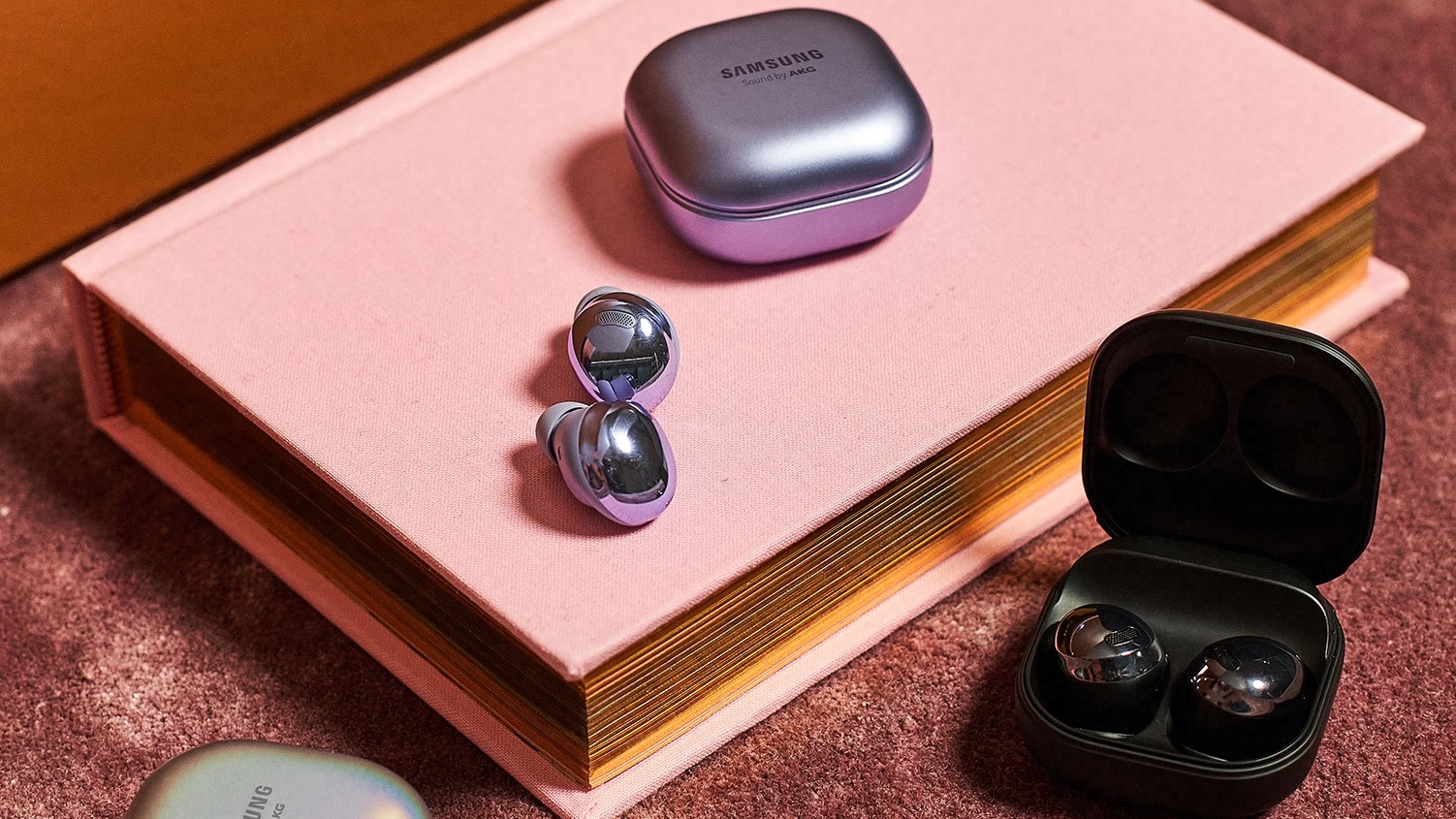360 Audio on Samsung Galaxy Buds Pro: How it works and how to use it
Get the most out of your Samsung Galaxy Buds Pro with this guide to 360 Audio, its immersive sound mode

The Samsung Galaxy Buds Pro launched with an exciting new feature: 360 Audio. By enabling this listening mode on the new wireless earbuds, Samsung says you can “feel the immersive, realistic sound coming at you from every direction.”
Not bad for a pair of earbuds, as opposed to a full surround sound system, though 360 Audio might sound familiar if you’re acquainted with Apple’s spatial audio format. In this guide to 360 Audio, we’ll examine how Samsung’s version of immersive audio is both similar and distinct: we’ll walk you through how the tech works and how you can use it yourself.
- What is Apple spatial audio? How it works and how to use it
- Our picks of the best wireless headphones
What is 360 Audio?

360 Audio is Samsung’s system for delivering 360-degree audio through headphones. It is indeed very similar to Apple’s spatial audio in that it digitally filters the soundtracks of movies and TV shows to make it seem that individual sound sources are originating from consistent points within a scene, whether it’s off to one side, behind you, above you or below you.
The end result is a portable surround sound effect that, like Dolby Atmos, can even add a sense of height to playback instead of merely using the flat X axis. This should, provided you’re watching a compatible piece of media, make for a more immersive watching experience than if you were just using stereo audio.
The effect is further enhanced by the use of head-tracking technology. By using your phone or tablet as an anchor point, the Galaxy Buds Pro can detect your head movements and adjust playback so that sounds originating from the on-screen action will always sound as if they’re coming from that same direction, even if you’re looking elsewhere.
How do I use 360 Audio?

Using 360 Audio doesn’t require any serious technical know-how, but it does currently have some strict hardware requirements. The only pair of headphones it works with right now is the Galaxy Buds Pro, so you’ll need the latest Samsung earbuds to get started.
You’ll also need a Samsung Galaxy phone or tablet as your source device. Specifically, one running One UI 3.1: the latest version of Samsung’s custom Android overlay. The latest Samsung Galaxy S21 family of phones will have this, as will the Galaxy Tab S7 range. One UI 3.1 is also rolling out to older handsets, like the Galaxy S20 family and the Galaxy Z Flip.
Sign up to get the BEST of Tom's Guide direct to your inbox.
Get instant access to breaking news, the hottest reviews, great deals and helpful tips.
As long as you have the requisite hardware, you can go into the handheld’s settings and enable 360 Audio.
To do this, pair your Galaxy Buds Pro to your device over Bluetooth as you normally would. Open the Galaxy Wareable app, tap on “Advanced” and use the toggle to switch 360 Audio on and off.
Now it’s time to find some video content to watch. 360 Audio only works with apps that support the Dolby Atmos sound format, as it essentially piggybacks on how that content is mastered for 3D surround sound. More on how that works later, but in short, you should be able to enjoy 360 Audio with Netflix, Hulu, Disney Plus and even Apple TV Plus. Just make sure that the specific film or TV show you’re watching has Atmos sound enabled.
As with Apple’s spatial audio, there’s currently no way to listen to music using 360 Audio. This is partly because so few songs and albums are mastered for Atmos, and partly because streaming services that do include Atmos-ready music impose limits that prevent 360 Audio from being usable with them. Amazon Music HD only lets you play Atmos music on an Amazon Echo speaker, for instance, while Tidal has exclusivity with Sony’s own immersive sound format, 360 Reality Audio.
How does 360 Audio work?

The hardware and content requirements for 360 Audio might be limited right now, but the underlying technology is smart.
The 360-degree effect takes advantage of how Dolby Atmos content is engineered so that individual sounds — anything from dialogue to explosions — are mapped to a digital 3D space surrounding the listener. This lets 360 Audio know where the sounds need to come from.
But how can a tiny pair of earbuds replicate the surround sound effect of a home theater setup? Just like spatial audio, 360 Audio employs digital filters so that the sounds are bounced into your ears in such a way your brain interprets them as coming from different directions. So many directions, that you’ll think it’s a genuine 3D effect.
It’s not technically surround sound, but as far as your brain is concerned it’s a close enough approximation of the real thing. Head tracking is the final piece of the puzzle: the Galaxy Buds Pro contains sensors, namely accelerometers and gyroscopes, that detect when and how you move your head. This tracking data is cross-referenced against sensor data from your phone or tablet to determine the position of your head relative to the screen, enabling the consistent positioning of sounds.
James is currently Hardware Editor at Rock Paper Shotgun, but before that was Audio Editor at Tom’s Guide, where he covered headphones, speakers, soundbars and anything else that intentionally makes noise. A PC enthusiast, he also wrote computing and gaming news for TG, usually relating to how hard it is to find graphics card stock.

